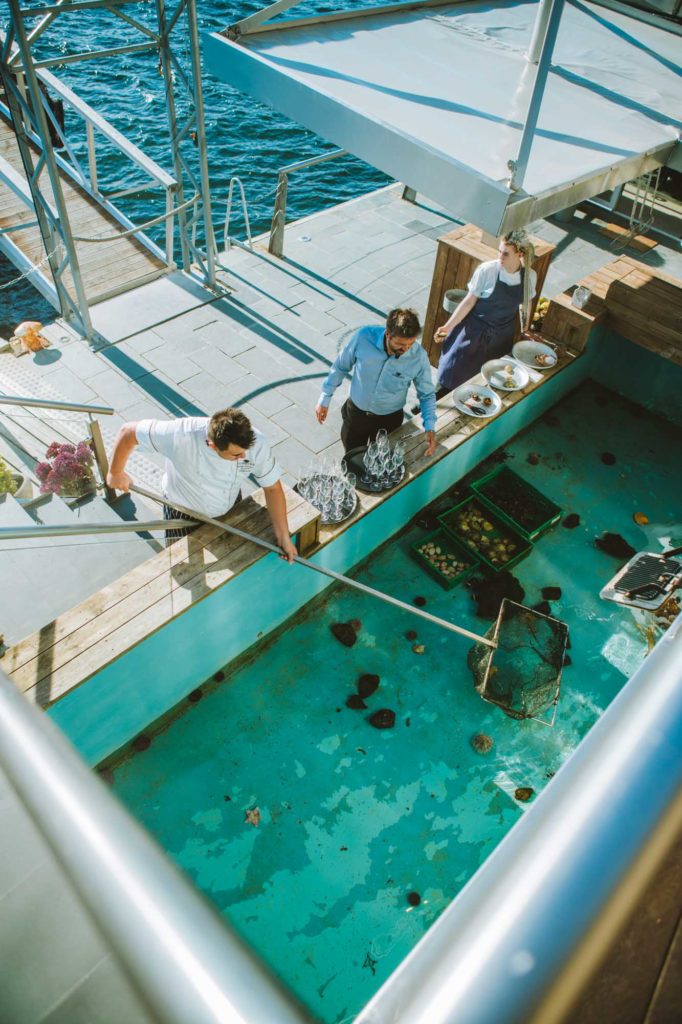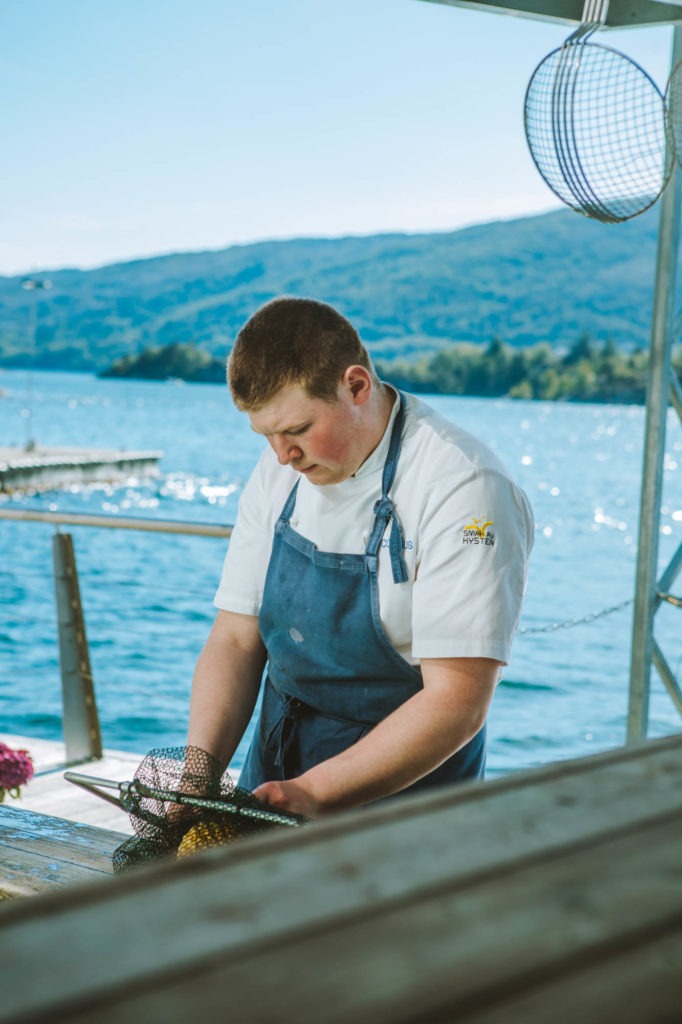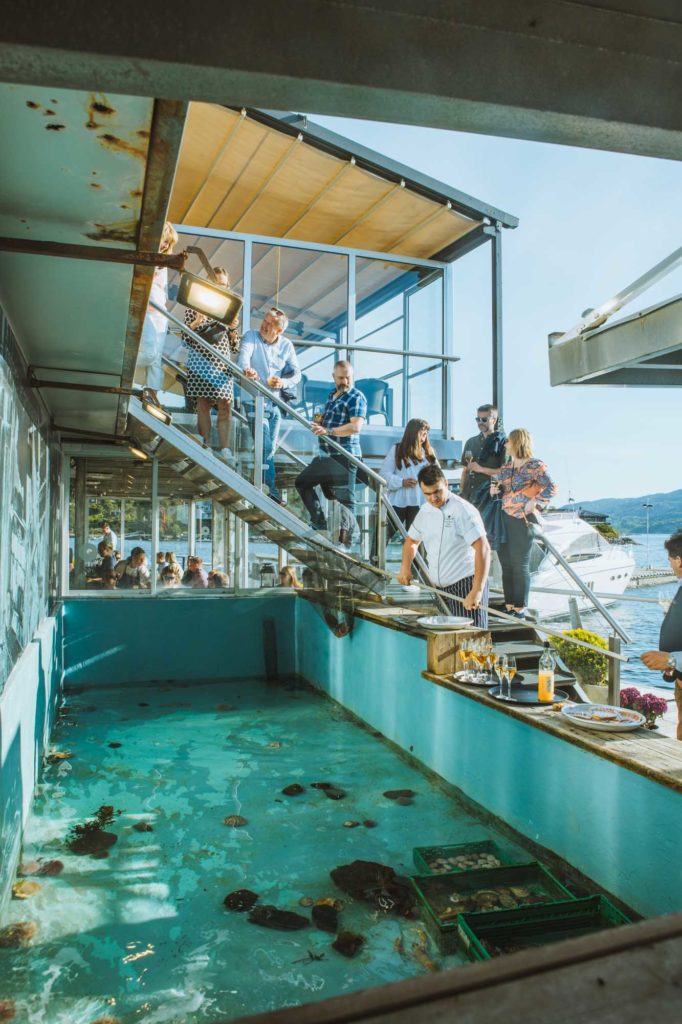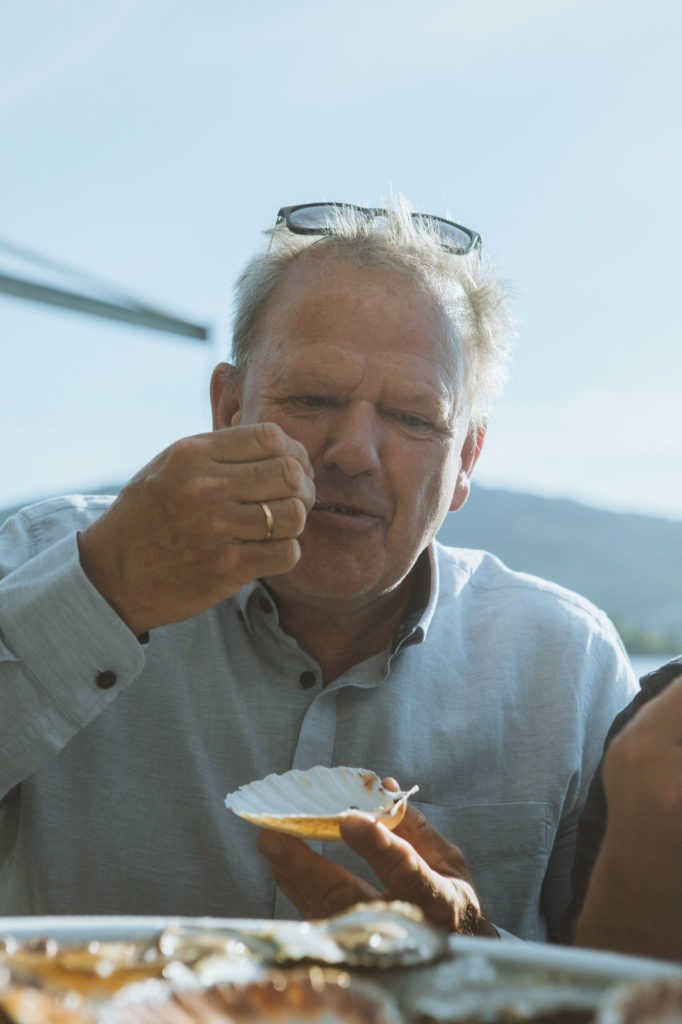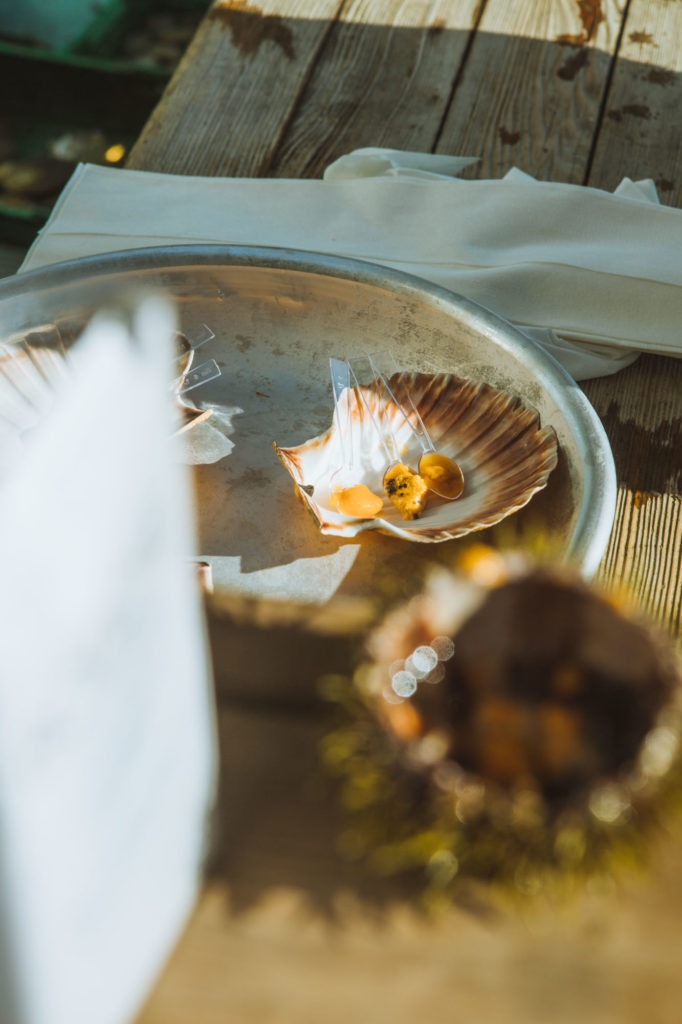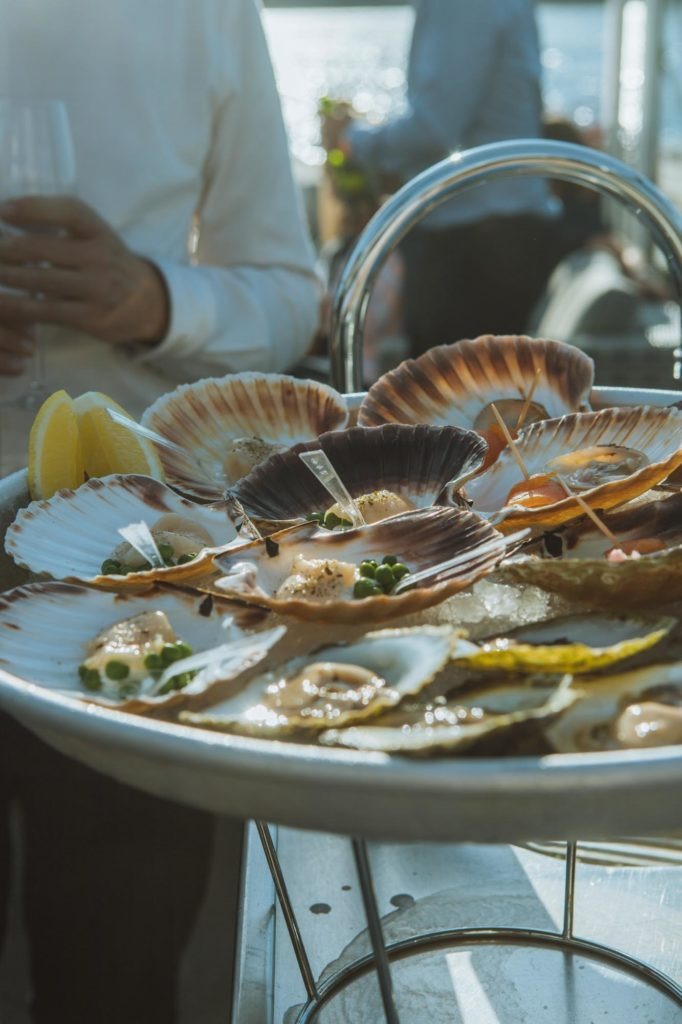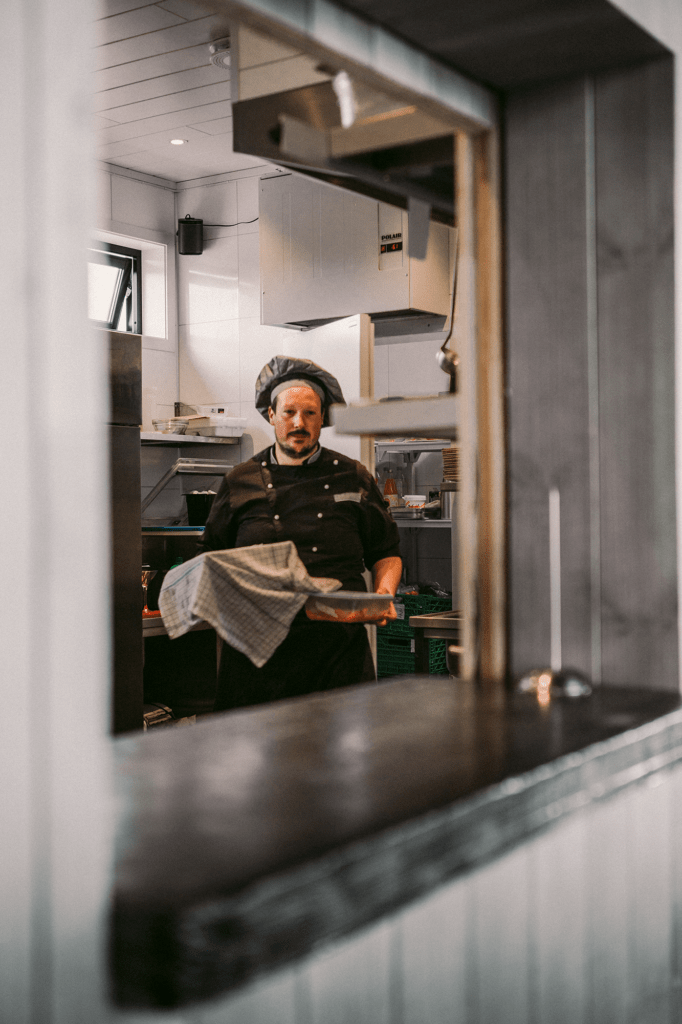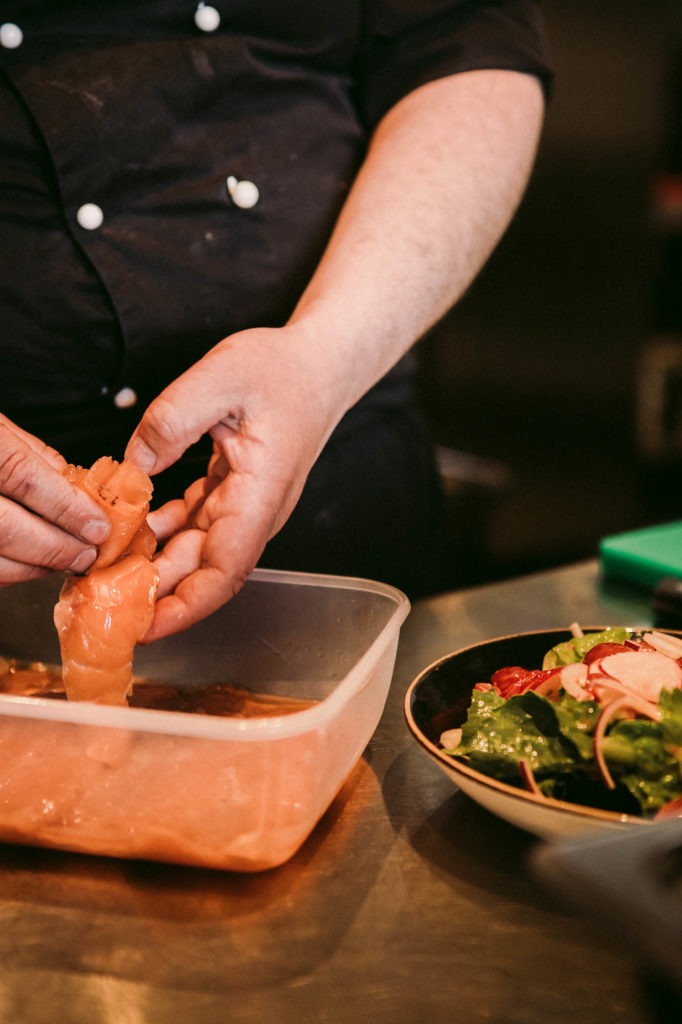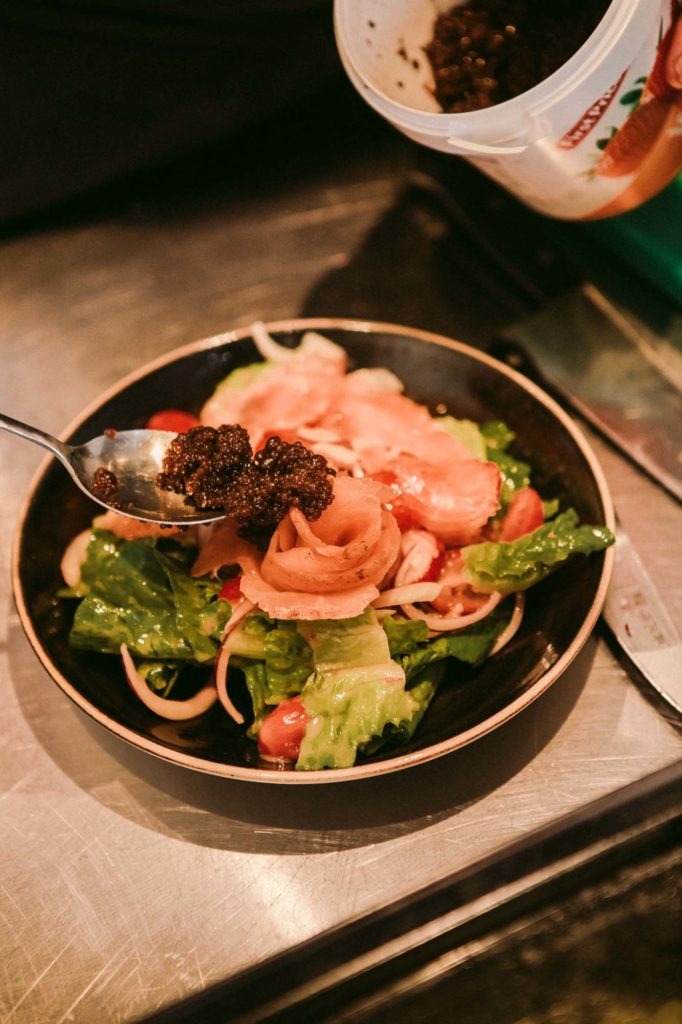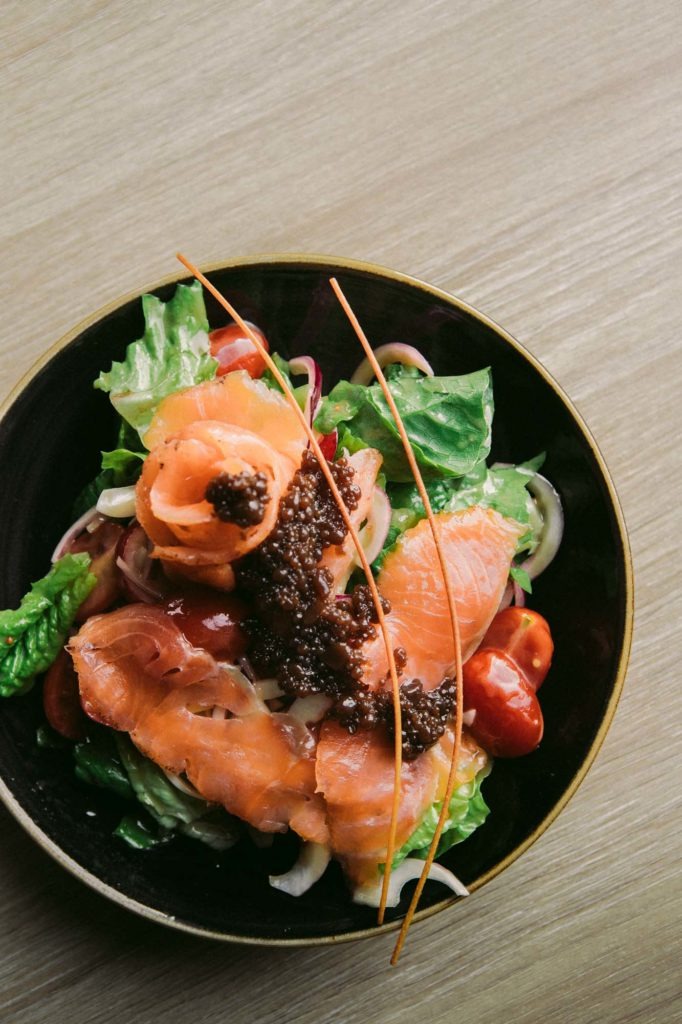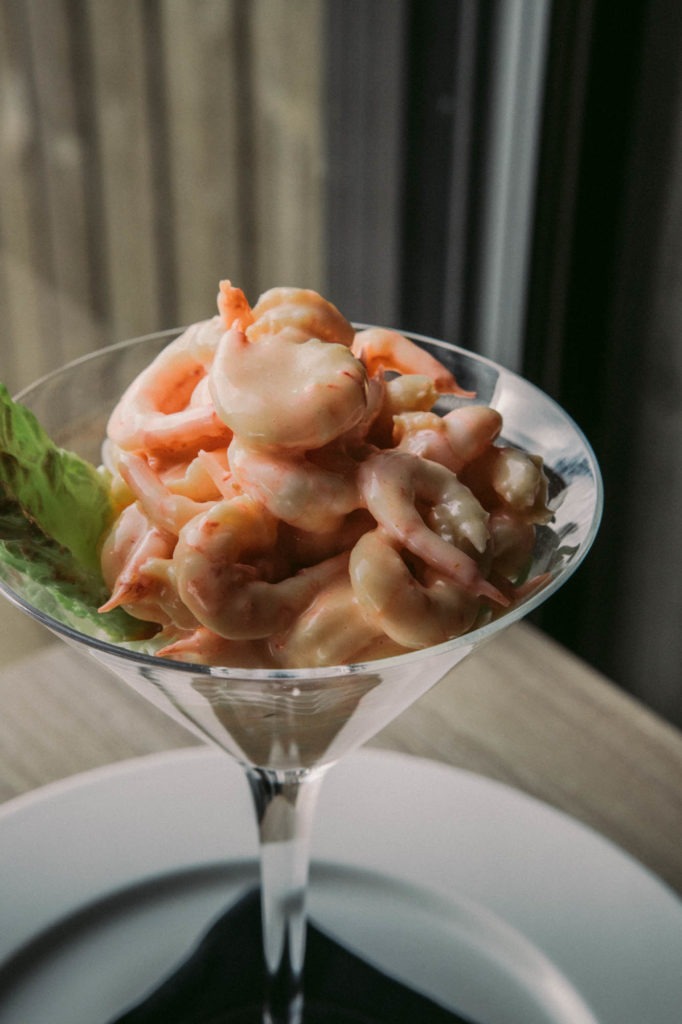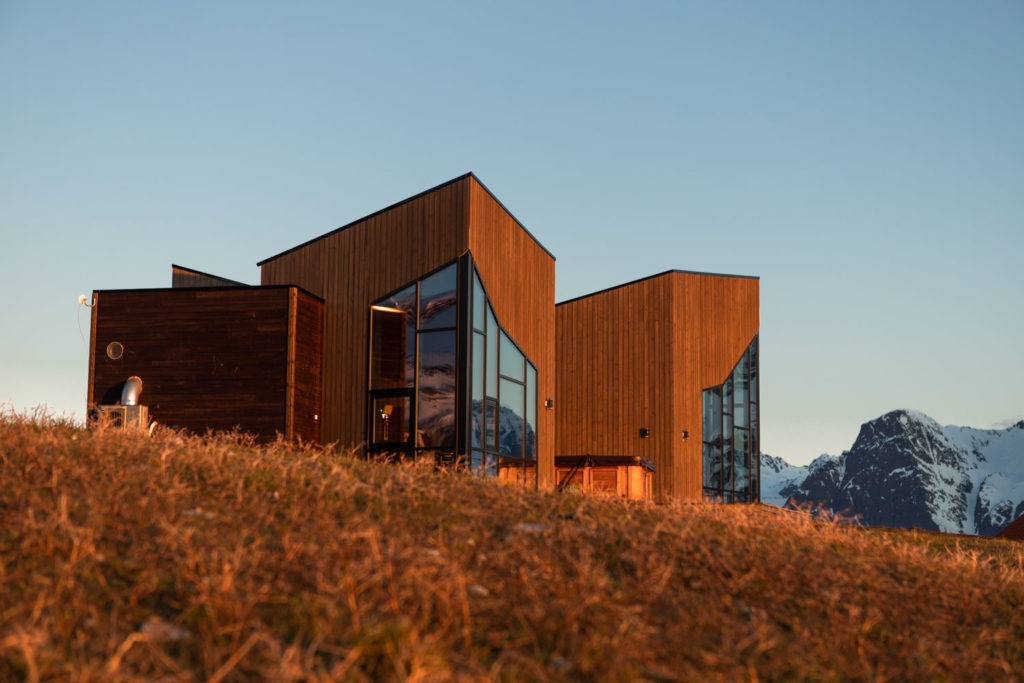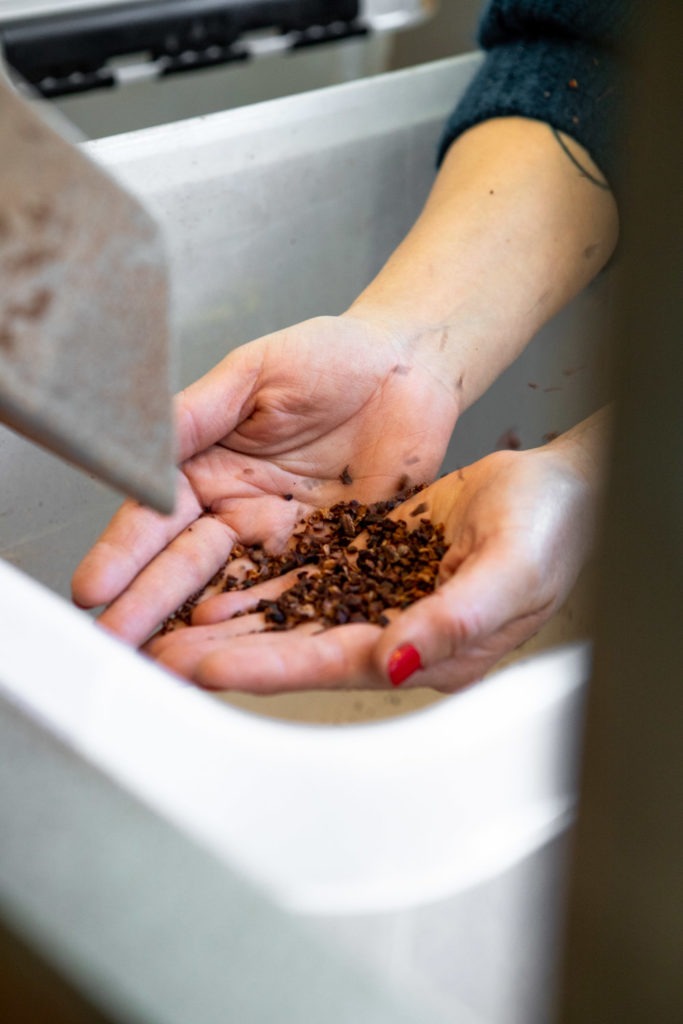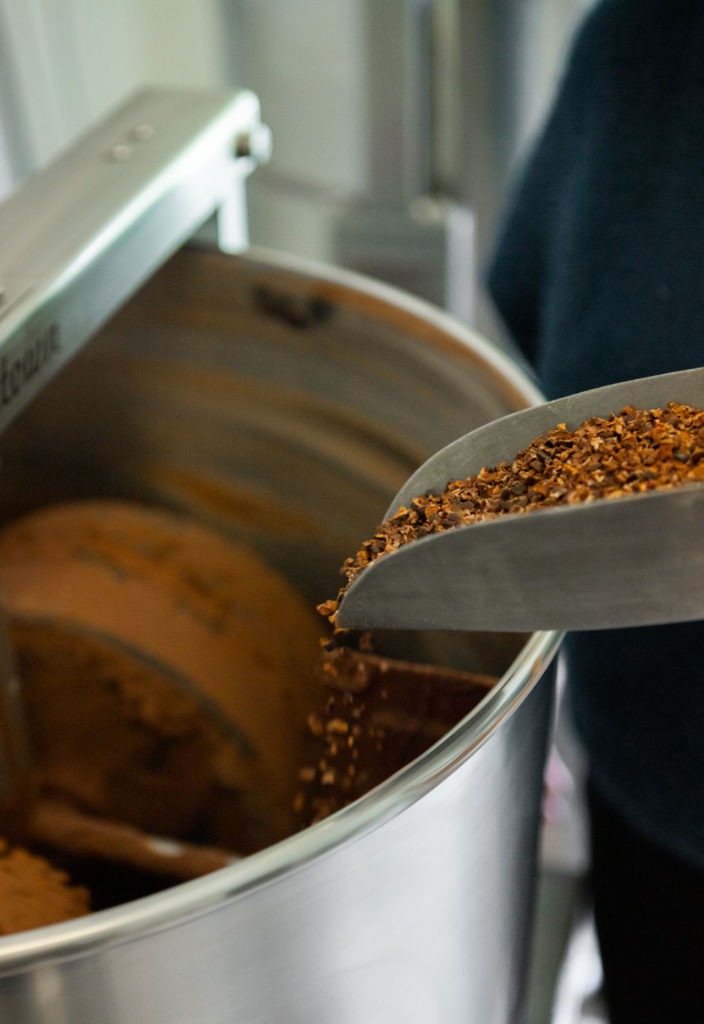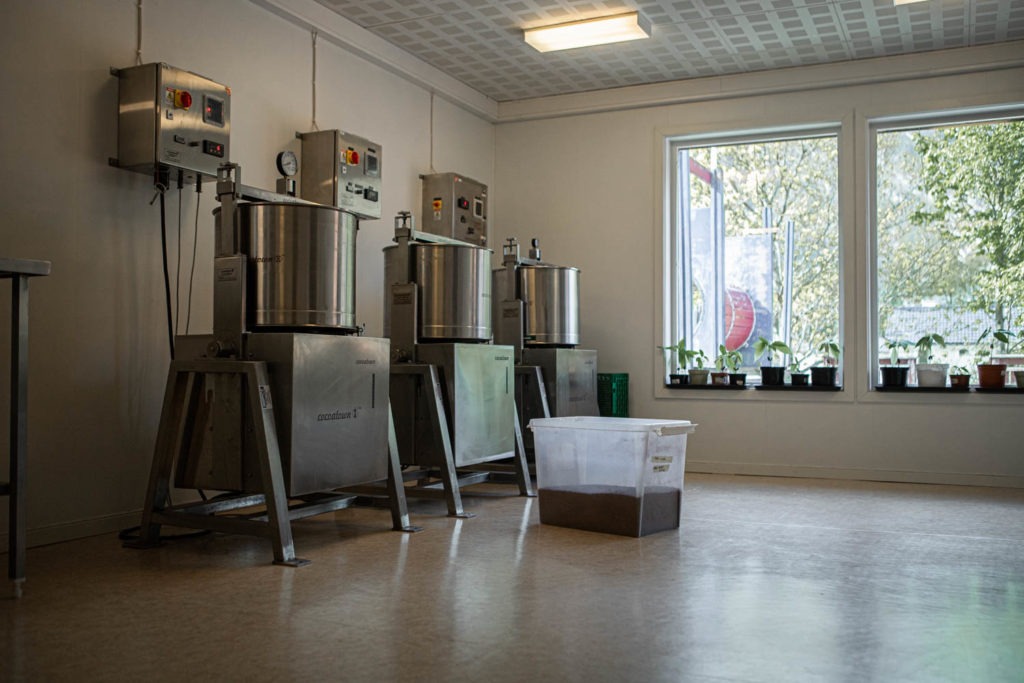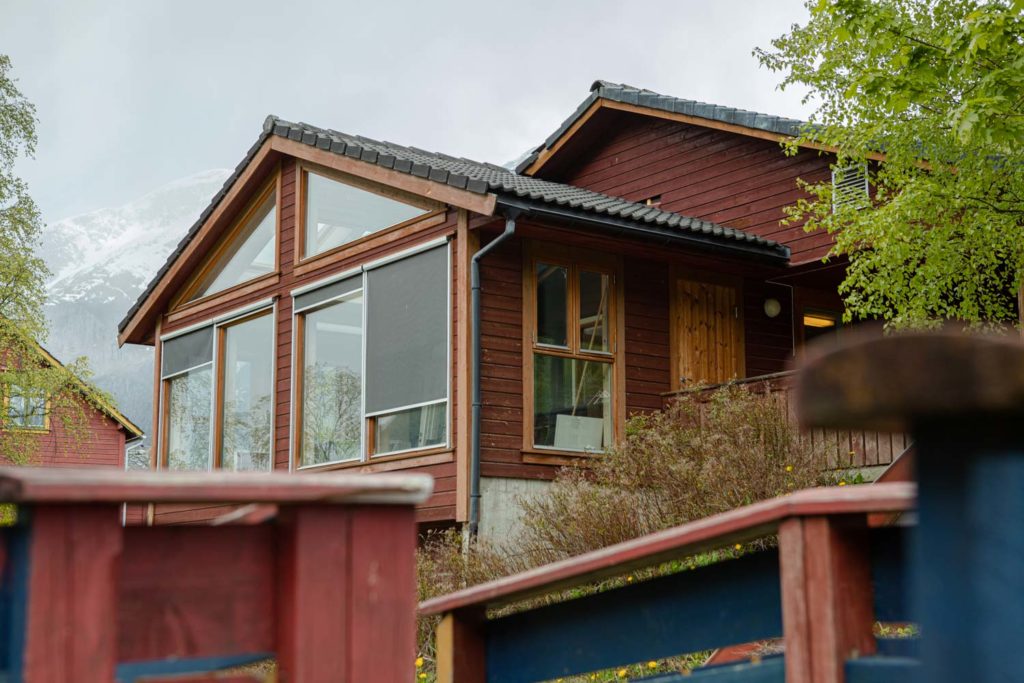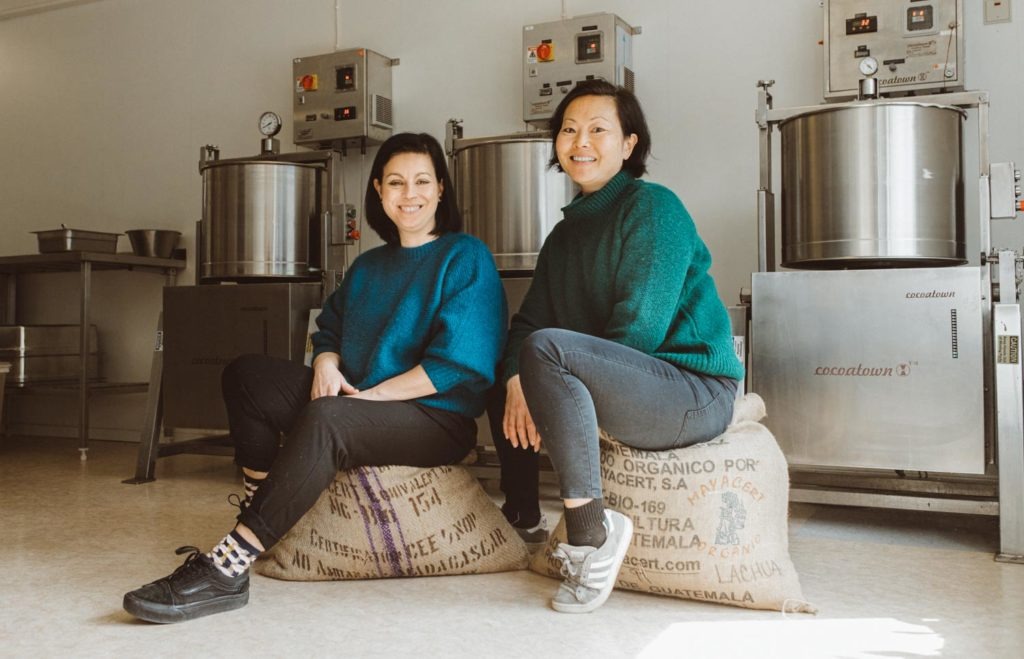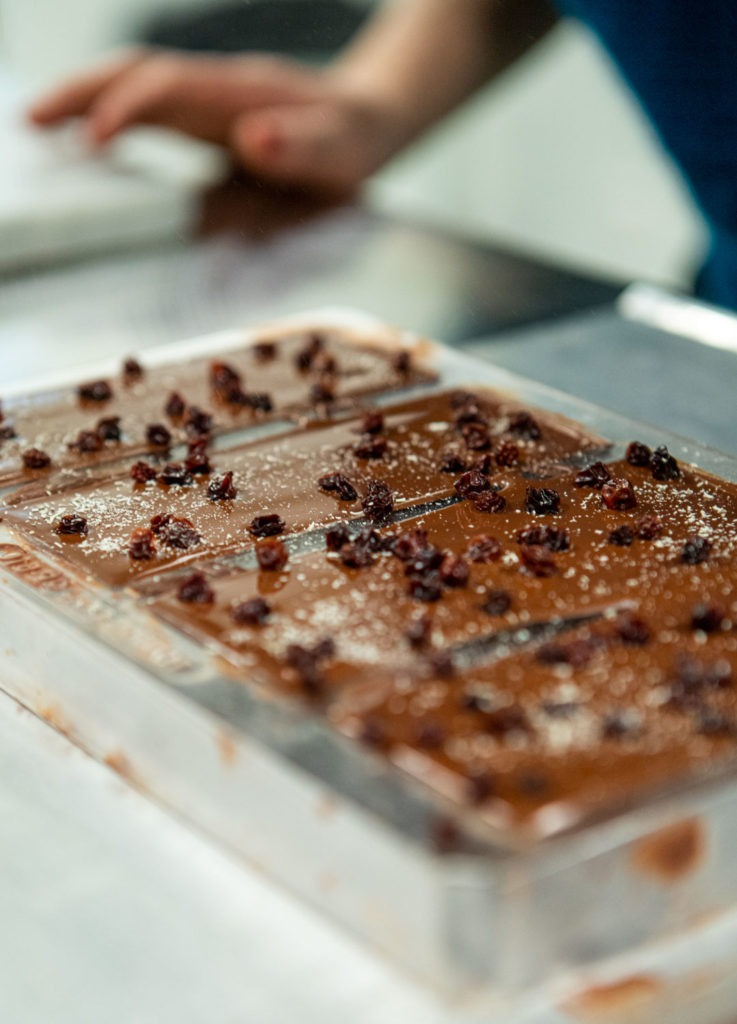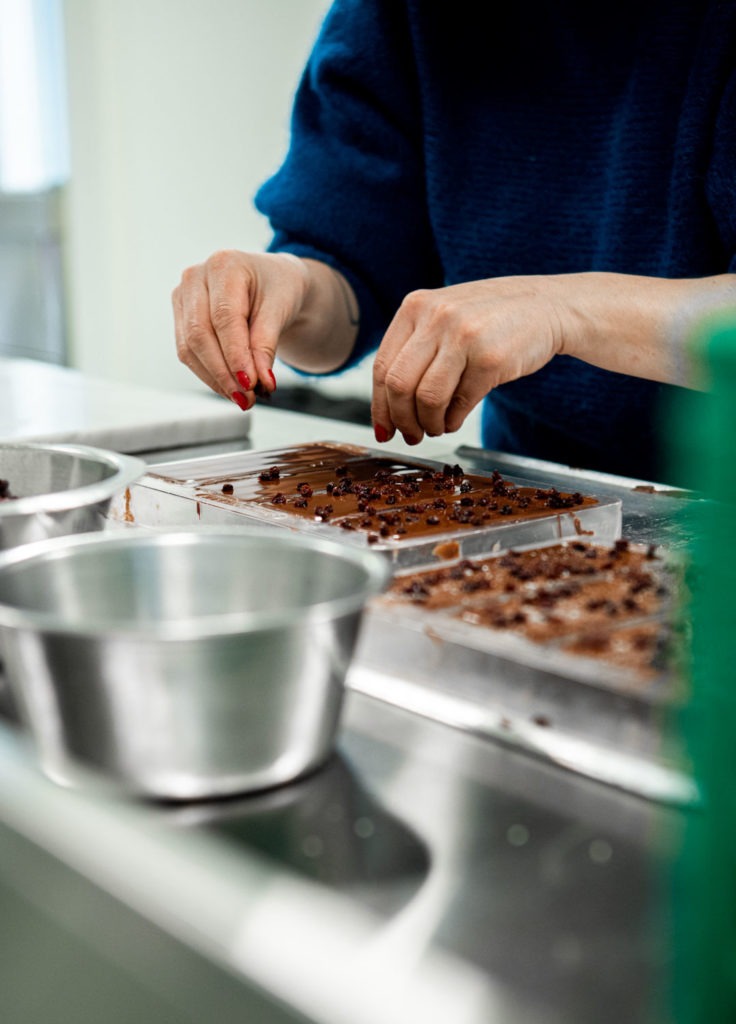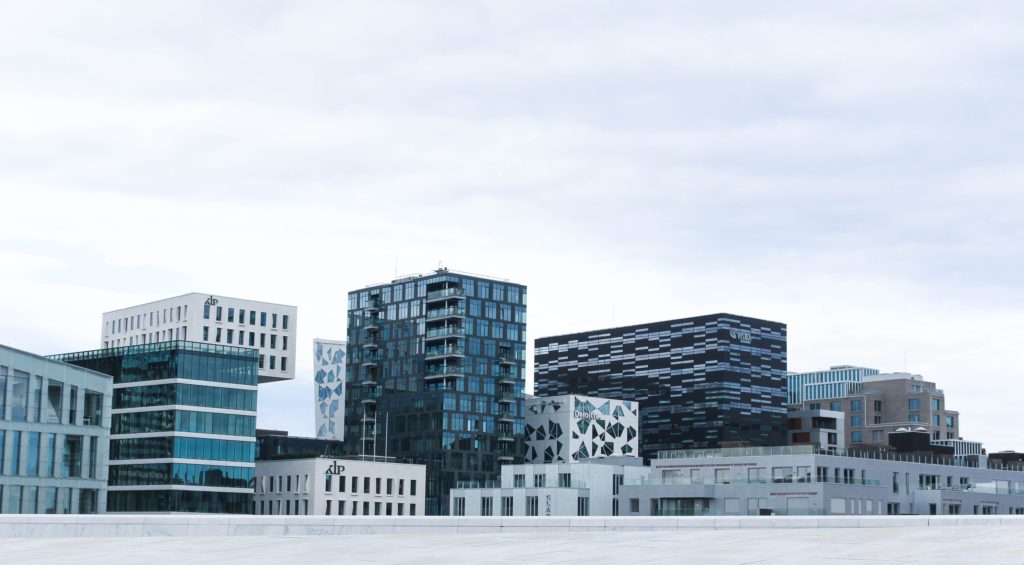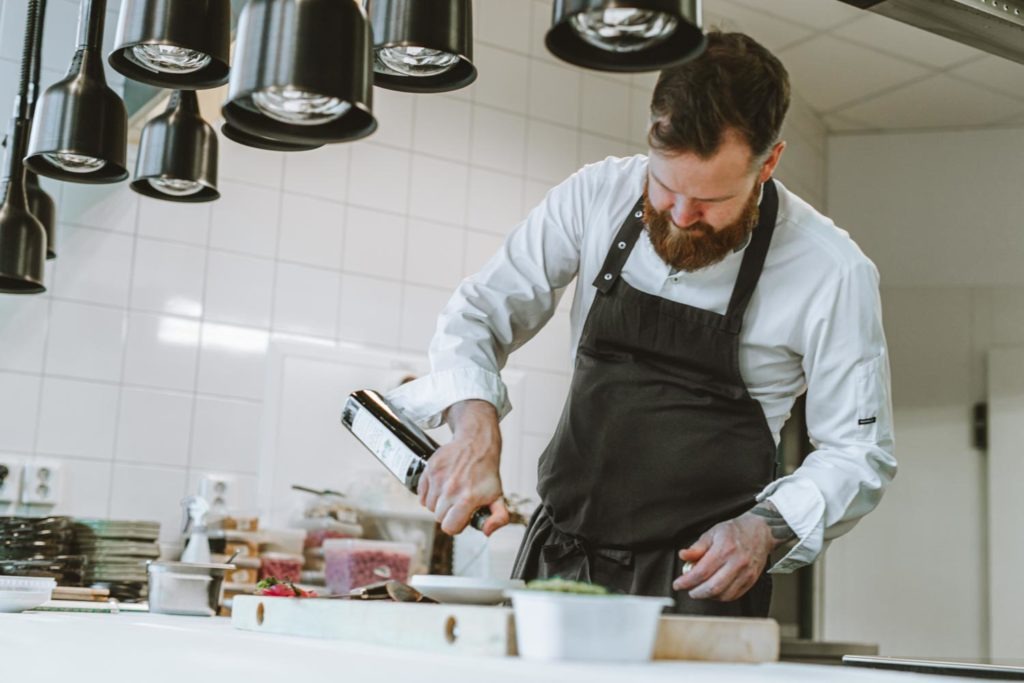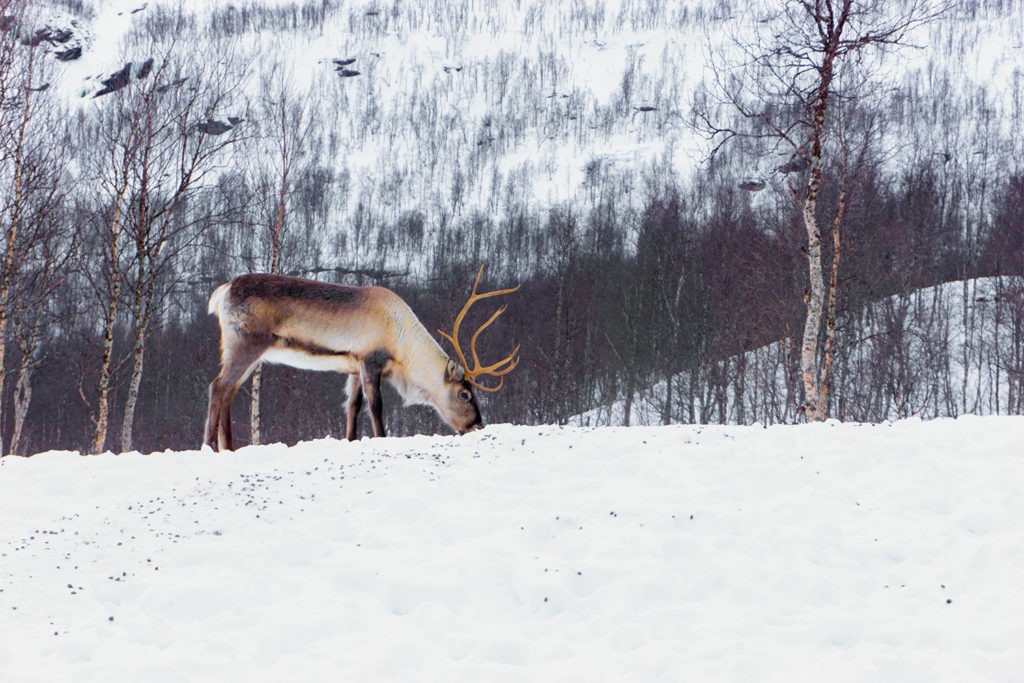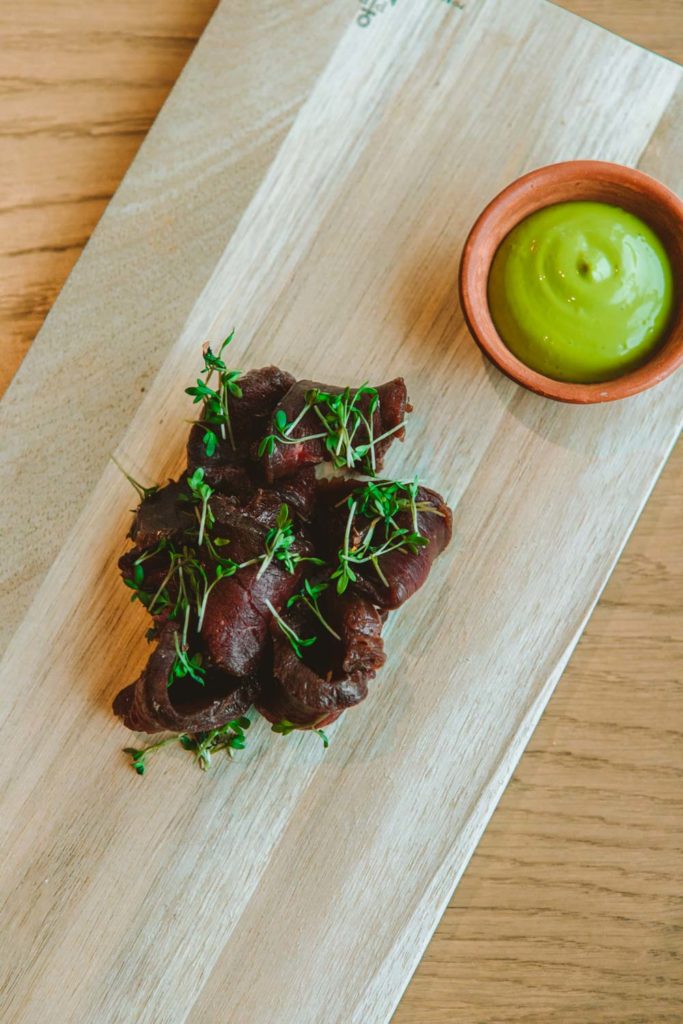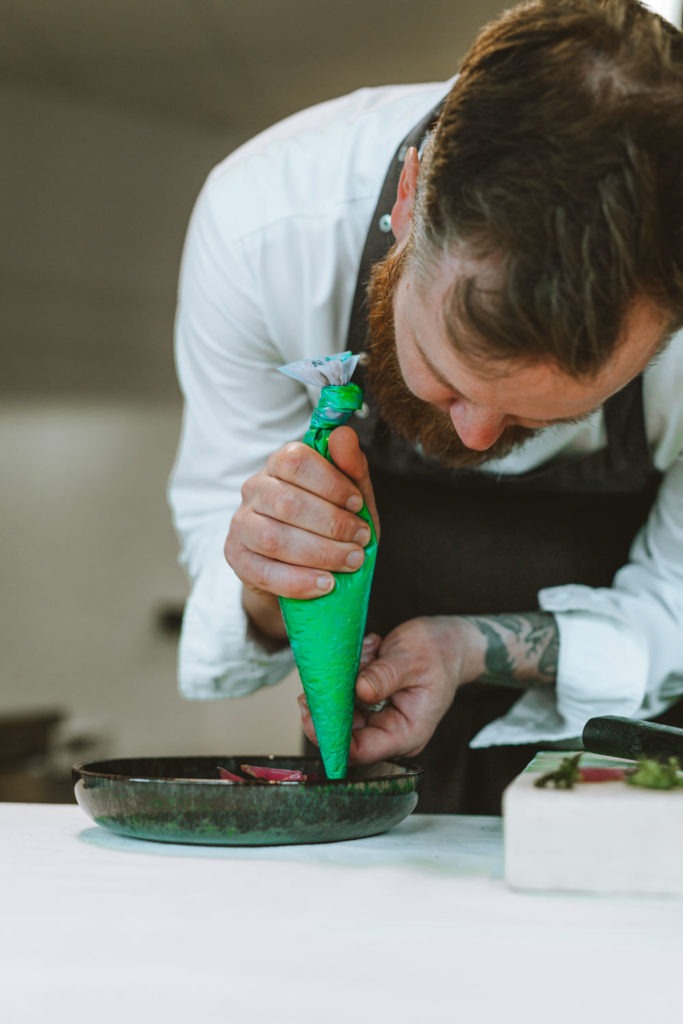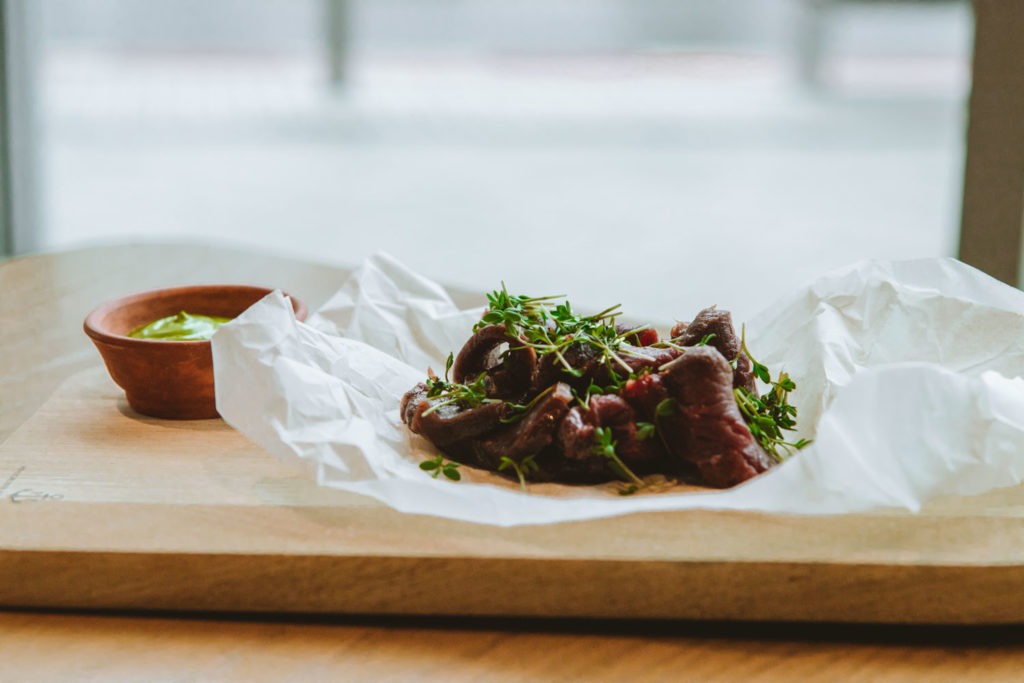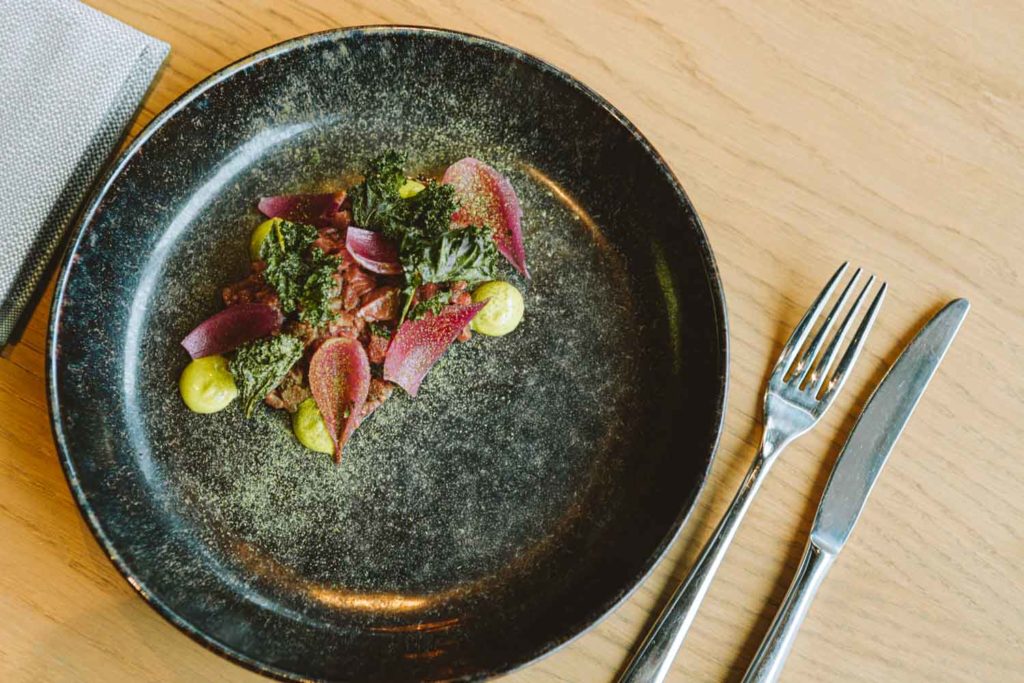A New Concept
Last year, Cornelius Seafood Restaurant just outside of Bergen on the Norwegian west coast launched a totally new concept in the local restaurant fauna. It is the concept of storing living shellfish and clams in a saltwater pool in the restaurant facilities to later serve to hungry dinner guests. They call it Råbar, literally meaning raw bar, an experience where you are served fresh, raw seafood straight from the pool. Although it is a little unusual in the area, the concept has gained a lot of positive attention and people are excited about the experience.
Local Harvesting
Although it is the dream scenario, the clams and shellfish are not bred in the restaurant pool, but rather sourced from the local seas and fjords of Western Norway and stored in a large saltwater facility not far from the restaurant. From there, the clams are sent alive in special containers to Cornelius where they are stored in their own pool. In the pool, the clams can be safely stored for up to three weeks.
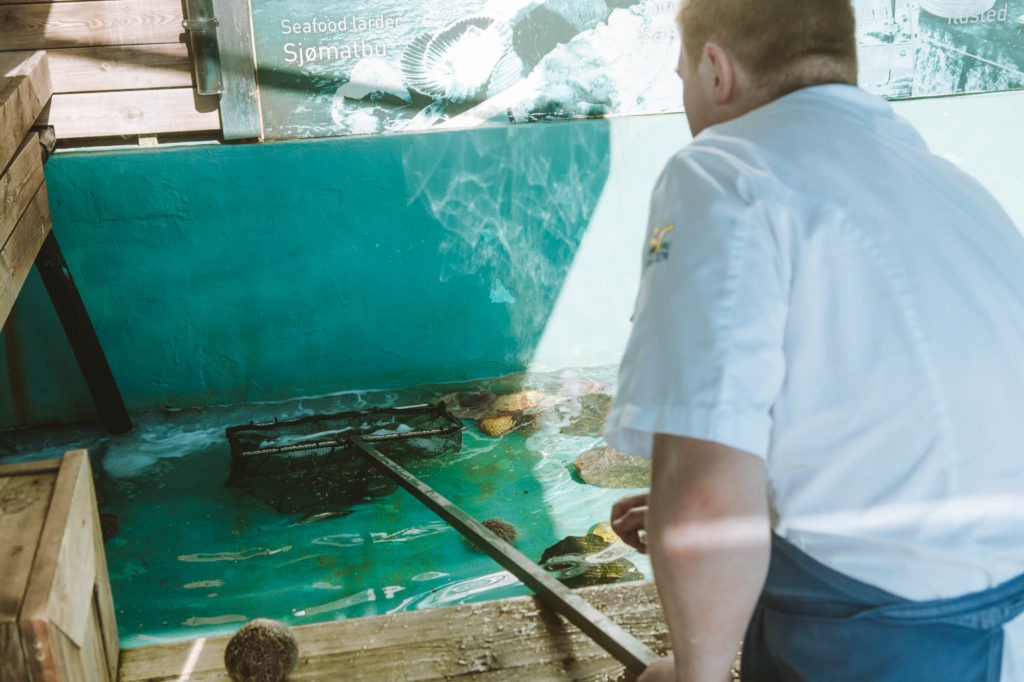
Bringing New Tastes to the Table
Head chef at Cornelius, Håkon Pansuna Vesetvik is one of the lead initiators behind the idea, and his goal is to introduce more uncommon seafood to people. The Råbar is meant to be a full experience with samples of every clam the area has to offer. In addition to the more common clams like oysters, scallops and blue mussels, the head chef also serves ocean quahogs, pullet carpet shell and sea urchins, all served raw from the pool. As well as a tasting party, the Råbar is a full experience where you are in good company, with a drink and where a chef tells you all there is to know about the clams, their taste and history. Here, the goal is to let people taste the raw sea around them as well as giving them a crash course in what they just ate.
“The RÅbar is a full experience. You get a good drink, a story about the food and the taste of new and unusual flavours.”
Håkon Pansuna Vesetvik
Beating the Scepticism
The head chef experiences that people often are sceptical of the clams at first, especially the uncommon ones that some may never even heard of. A minority of people are used to shell food in the first place, so it is no surprise that there is scepticism around new and unusual clams. The head chef says that some guests often take a step back when they are introduced to the clams, but when they are told more about the food, the story and the taste they are more open to the experience.
“What’s good is that in larger groups there is almost always one that has tried sushi, similar clams or other raw seafood. Those people push others to try it out. People are mostly positive to the experience.”
Håkon Pansuna Vesetvik
Hoping for a Trend
Håkon is a seafood enthusiast and loves to spread the interest of his trade to more people.. The goal is to introduce people that do not necessarily eat seafood frequently to a new world of tastes. He hopes that people will seek more information about clams and hopefully experiment with the amazing flavours of the sea on their own. But not that much that they stop coming to the restaurant, he adds.
Interesting read? Here at Nuet, we publish weekly blog posts about Scandinavian cuisine, culture and more. Read more at nuetaquavit.kinsta.cloud/stories and follow our Instagram @nuetaquavit to get instant updates on new posts straight to your feed.
